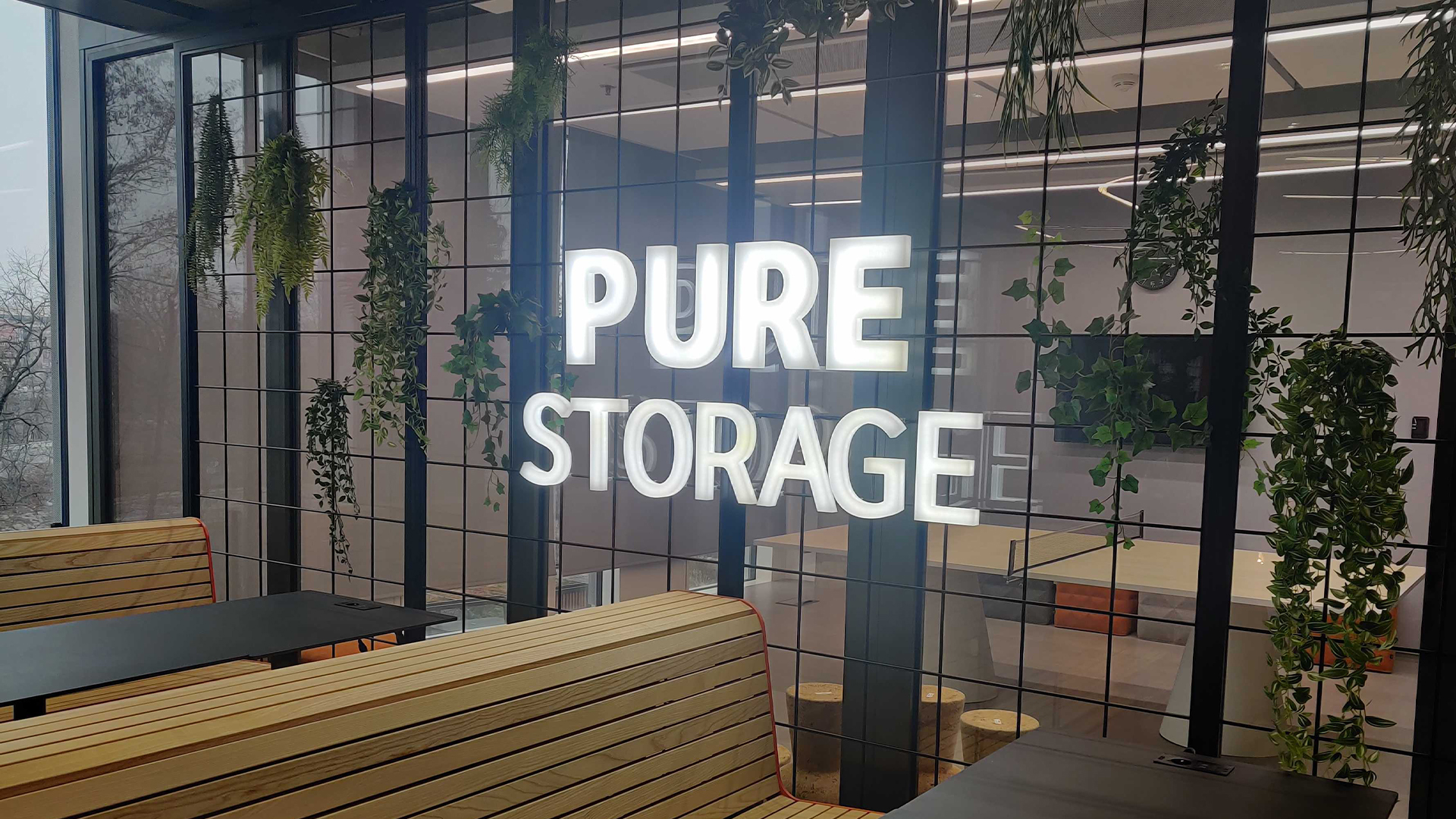A lot has changed since I first attended Pure Accelerate in 2023. Hosted in June during the early days of the generative AI boom, it was clear Pure Storage viewed this industry pivot as a lucrative opportunity to showcase the power of all-flash storage.
Sustainability benefits, energy efficiency, and performance were all highlighted as key benefits for customers dabbling in AI during this embryonic stage, and by all accounts the company nailed the messaging.
These lingering concerns around sustainability and efficiency remain the big talking points two years on, with research earlier this year showing that only a small portion of enterprises are actually tracking energy use.
Nearly three-quarters of business leaders told SambaNova Systems that they’re aware of the huge volumes of energy required to train or run AI models, and half are concerned about the challenges this brings.
Despite this, just 13% said they are actively monitoring power consumption or taking proactive steps to remedy the situation.
With enterprises running a gauntlet of soaring energy consumption rates, the sheer cost of the technology, and balancing infrastructure modernization efforts to accommodate AI, there’s a lot left to address from the provider side of things.
As one of the newer kids on the block, Pure Storage has had to box clever to pry customers away from the established industry heavyweights and its messaging around high-performance, cost efficient hardware has been paying dividends.
The firm’s Q1 2026 earnings report shows revenue hit $778.5 million, marking a 12% year-over-year increase. Subscription services were also up 17%, with the company recording $406.3 million in revenue in this segment.
An important aspect of Pure’s messaging has been simplicity and Patrick Smith, Field CTO for EMEA at the storage provider, tells ITPro that it’s an area we can expect to see a strong focus on at both its annual conference and in the year ahead.
Speaking to ITPro ahead of Pure Accelerate 2025, set to take place at Resorts World in Las Vegas, Smith says addressing customer concerns about growing complexity will be a key talking point.
“I think one of the key things that we’re focused on is taking time out,” he says. “Don’t manage the storage, manage the data.”
Smith added that Pure wants to take this simplicity message “to the next level” at the conference and showcase how it can support enterprises in scaling infrastructure while avoiding costly overheads.
Central to this approach in recent months has been the company’s Evergreen//One storage as a service (STaaS) model, which he says essentially “takes the guesswork out of deploying infrastructure” for customers.
Through the service, customers only pay for what they use as part of a subscription plan, with options available across on prem, hosted, and public cloud environments.
So far, the response from enterprise customers has been positive, Smith says, and the service is beginning to deliver huge value.
“I think the storage as a service model and that whole subscription space is really interesting when our customers properly get their heads around the model and the value it brings,” he tells ITPro.
“Because especially today, when somebody spins up a project, they’re going to be asking for hardware to support that project. You have no idea, going into it, what kind of scale they’re going to need, how much they’re going to need, whether that project is going to be successful or not and so they’re trying to second guess the future, and the crystal ball is not that good.
“So what we’re finding with the subscription model is it takes the guesswork out of deploying infrastructure in their own environment, in their own data center.”
This model is appealing to enterprises not only because of its simplicity from a deployment perspective, but also the flexibility it affords as the business itself scales AI-related operations.
It basically offers a “cloud-like model” where they’re not looking years into the future and deploying up front, which proves very costly.
“They can truly consume a service, and they pay for what they consume,” he explains. “If they’re confident that they’ll consume a certain amount, they can get a discount on it by committing to a certain level. They don’t have to worry about space in the environment and whether they’ve got enough space to meet business demand.”
So far, the strategy for Pure has proved fruitful. In its recent earnings report, total contract value (TCV) sales for the service surged a whopping 70% to $95 million, underlining the growing appetite among customers.
Looking ahead, Smith notes that continuing macroeconomic factors also play a role in the appeal. The flexibility afforded by the service means enterprises can adjust accordingly, and therefore alleviate cost concerns.
“Probably more than ever before they need that flexibility, and we’re still living in a period of uncertainty, whether it’s macroeconomic factors, the amount of uncertainty going on,” he tells ITPro.
“You can image if you’re running in a traditional storage environment, and your arrays are approaching the level where you consider it to be full… then the next internal customer comes along and says, ‘I’ve got this new database I need to run’, suddenly they need to buy a considerable amount of capacity, a whole system, probably with what? A three or four year depreciation cycle on it.
“That’s just for one database, until the next customer comes along, and the next customer, it starts building up again. So being able to have this service where it’s on Pure’s dime, whether they need to add more capacity to an existing system, or put a new system in the customer’s data center. It just takes all of the legwork out of that.”
ITPro will be on the ground in Las Vegas with live rolling coverage of Pure Accelerate 2025 at Resorts World. Subscribe to our newsletter or keep tabs on our social channels for all the news and updates from the conference.
Source link
